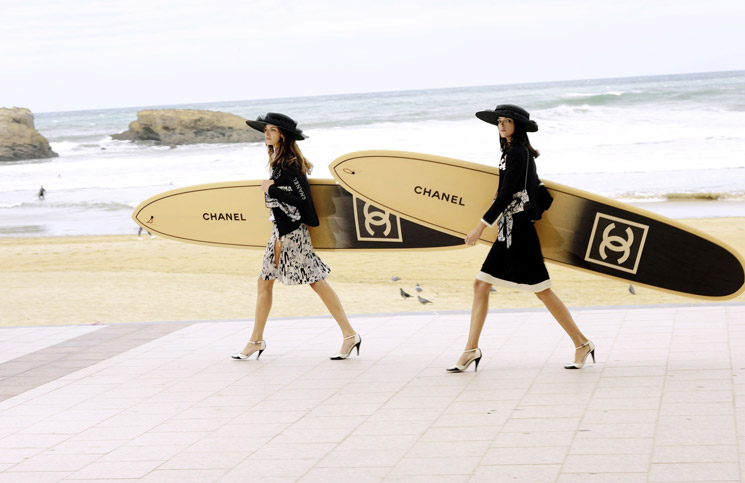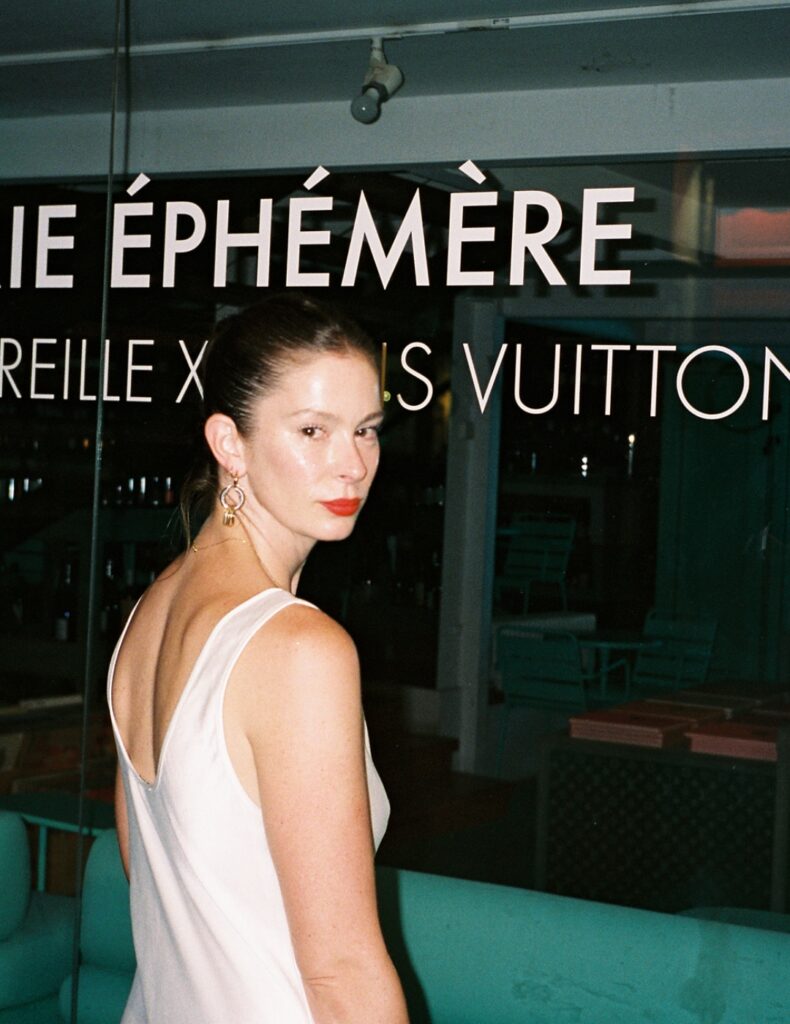
We all know about the importance of wearing sunscreen, but how bad is the sun really for our skin? We asked two skin experts to help us be a little more sun smart.
1. What causes the skin to tan?
“Melanin is the brown pigment that causes tanning. Melanin is the body’s way of protecting skin from burning. Some people tan or sunburn more than others,” Linda Mawley from the Cancer Society said.
2. What affect does the sun have on the appearance of skin?
“The term ‘sun damage’ is usually used to refer to major changes to the skin’s characteristics brought about by prolonged unprotected exposure to UV radiation. Typical changes to the skin can include mottling, ‘pebbling’, crepe-like or thinning of skin, roughness, dryness, inflammation and hyperpigmentation,” Skin Institute Head and Neck surgeon Rajan Patel said.
3. Is any amount of tan safe?
“No – a tan is a sign of damaged skin. It is a result of a burn from the UVA ultraviolet rays which penetrate deep into the hypodermis and will result in long term skin damage i.e. wrinkles,” Mawley said.
4. What areas of the body show the worst signs of sun damage?
“Areas of skin that are most often exposed like the face and arms. Also on skin that is thinner, for example around the eyes, neck, décolletage and tops of the hands,” Patel said.
5. How can people get their Vitamin D intake without being at risk to sun damage?
“Going outside when UV is below three which is before 10am or after 4pm. While a moderate amount of sunlight exposure remains the best source of Vitamin D, it can also occur naturally in a number of foods. Vitamin D is found in oily fish such as salmon and sardines, eggs, butter, milk and cheese,” Mawley said.

6. How do sun spots form?
“Sun spots are formed by the prolonged exposure to the sun’s UV rays or from artificial forms of UV rays like those found in sun beds. The pigment under the skin changes colour to give the appearance of a mid to dark brown spot,” Patel said.
7. How much is the risk of cancer decreased if you use sunscreen every day?
“It is not the first line of defence against UV rays but should be used in conjunction with slip, slop, slap, wrap and seek shade wherever and whenever possible. The risk of getting skin cancer from intermittent or full sun exposure will decrease if the sun smart message becomes part of your daily routine,” Mawley said.
8. How much sunscreen should you use?
“The average body (65kg approximately) requires a minimum of 35mL of sunscreen – this equates to half a teaspoon to each arm and the face/neck including ears and one teaspoon to each leg and front and back of the body. Correct application is the key to getting the optimum level of protection from a sunscreen and repeating the application at least every two hours,” Mawley said.
9. Can using moisturiser reverse damage caused by the sun?
“Once the damage to your skin is done a moisturiser generally won’t be able to reverse it. However, a good quality moisturiser with a SPF can help to prevent further sun exposure. Using other methods of sun protection is also advised. Prevention is best,” Patel said.
10. What are the most common areas on the body for skin cancer?
“Two of the most common areas are the face and back of the hands. The rest of the body is supposedly covered up but with our outdoor lifestyle covering up during the summer and especially between 10.00am – 4.00pm from September to April the message is still not getting through. You only have one skin so look after it,” Mawley said.
11. Is using moisturiser with an SPF enough for everyday use?
“If you are asking about using it on your face, then yes. A moisturiser with an SPF can be used alone or mixed with foundation. There are also tinted moisturisers with SPF available that give a light coverage while still protecting your skin,” Mawley said.










